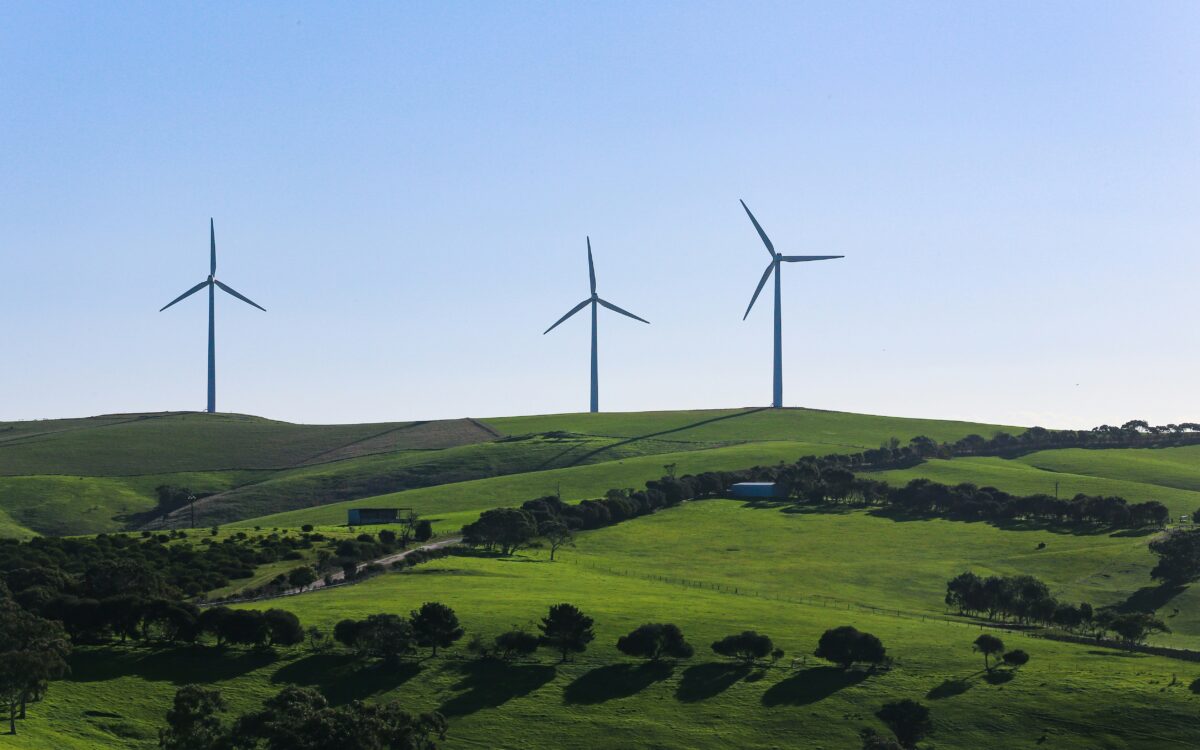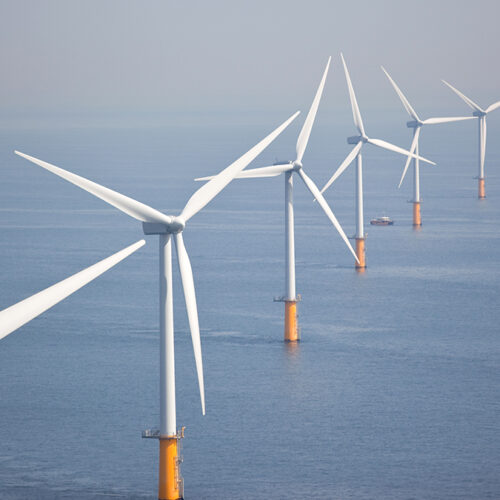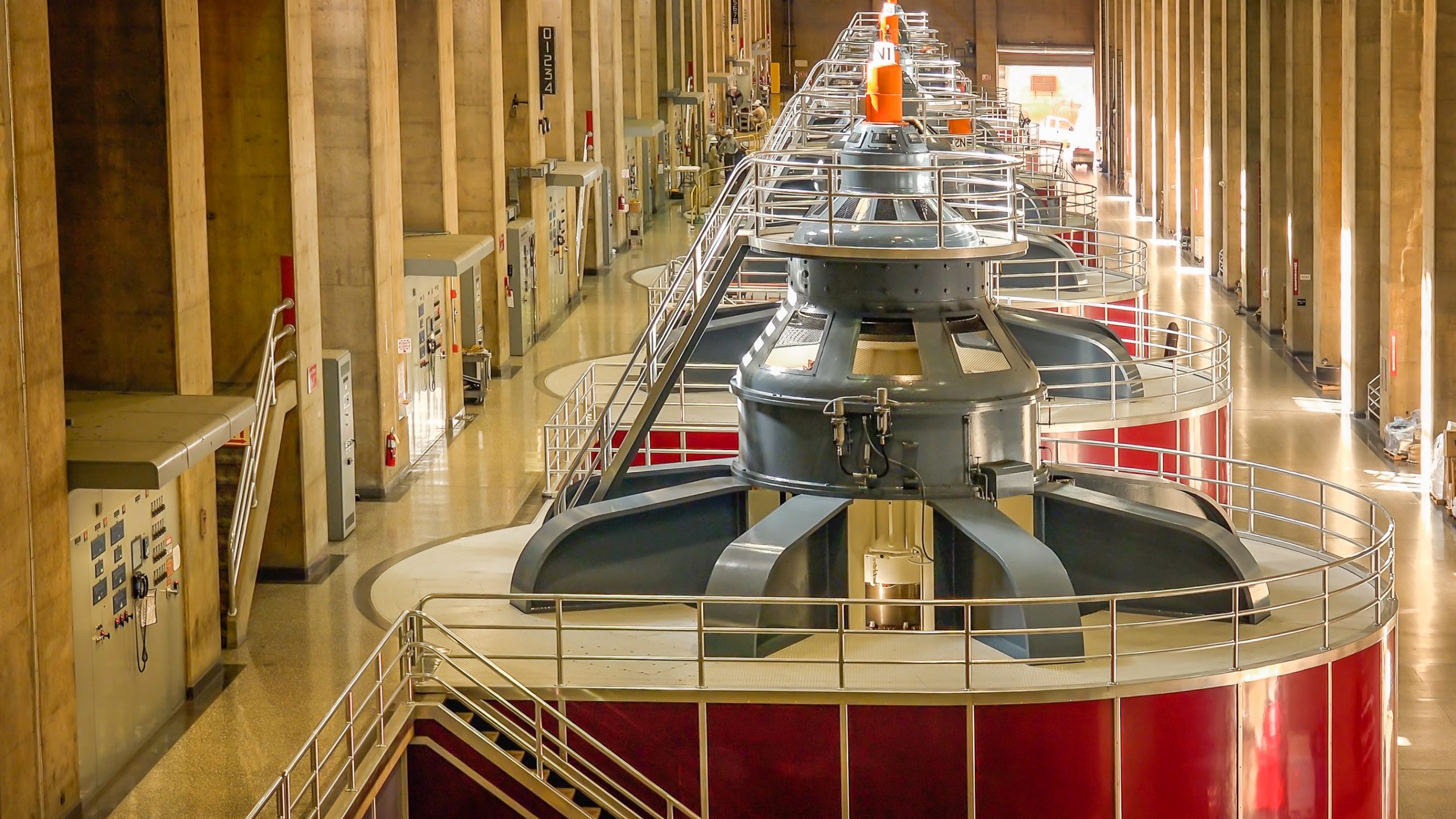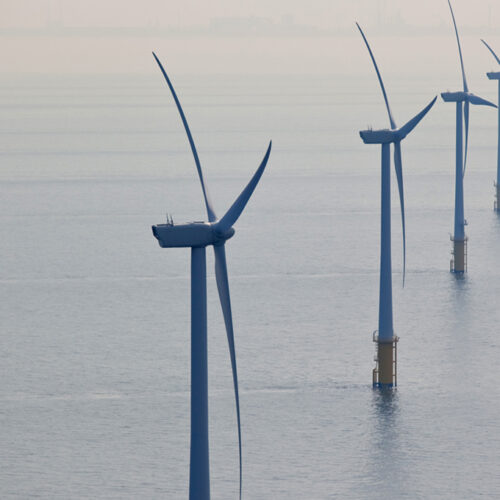The wind industry is a champion for clean energy, with turbines reaching new heights in efficiency and electricity generation. But as with any technology, the question arises: what happens to these giants when they reach their expiration date? Decommissioning old turbines brings a unique challenge – managing the massive composite blades.
The Blade Conundrum:
- End of an Era: Scenes like Hagshaw Hill in Scotland are becoming increasingly common. Built in the late 90s and early 2000s, these first-generation turbines are being replaced with taller, more powerful models.
- Recycling Roadblock: While 85-95% of a turbine (steel, aluminum, copper) is recyclable, the fiberglass blades pose a significant obstacle.
- Durable Dilemma: The very qualities that make them weatherproof – their strength and durability – also make them difficult to break down for traditional recycling methods. Landfilling blades is becoming a less viable option due to limited space and environmental concerns.
Landfill Blues:
- Landfill Limitations: Countries like Germany and the Netherlands have already banned the practice due to space constraints and potential environmental consequences.
- Future Forecast: Experts predict a staggering 43 million tonnes of blade waste by 2050, highlighting the need for scalable solutions to address this growing issue.
Innovation on the Horizon:
- Breaking the Bonds: Scientists and startups are actively tackling the challenge of separating the fiberglass from the resin. Dr. Claire Barlow, a sustainability engineer, emphasizes the need for efficient material separation.
- High-Tech Heating: The University of Strathclyde’s Project PRoGrESS utilizes a pilot plant that breaks down blades using a hot air stream, effectively separating and reusing the fiberglass.
- Chemical Solutions: Vestas, a leading wind turbine manufacturer, is exploring a promising liquid chemical process to break down blades into reusable materials. This method boasts scalability and eliminates the need for high temperatures.
A Glimpse into the Future:
- Second Life for Old Blades: Successful recycling technologies could not only address the future influx of blade waste but also tackle the existing backlog of blades in landfills and storage facilities.
- Sustainable Design: Several companies are exploring alternative materials for wind turbine blades, aiming for easier recyclability from the get-go.
The Race Against Time:
The next few years are crucial in scaling up these promising recycling technologies. As Dr. Barlow rightly points out, achieving this efficiently and sustainably is the key to ensuring a clean future for the wind industry.




